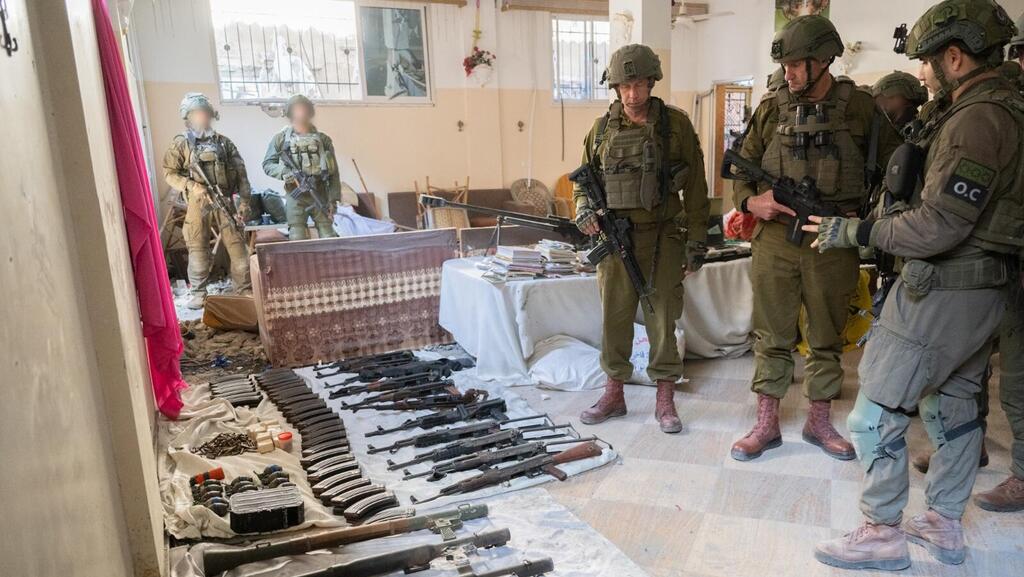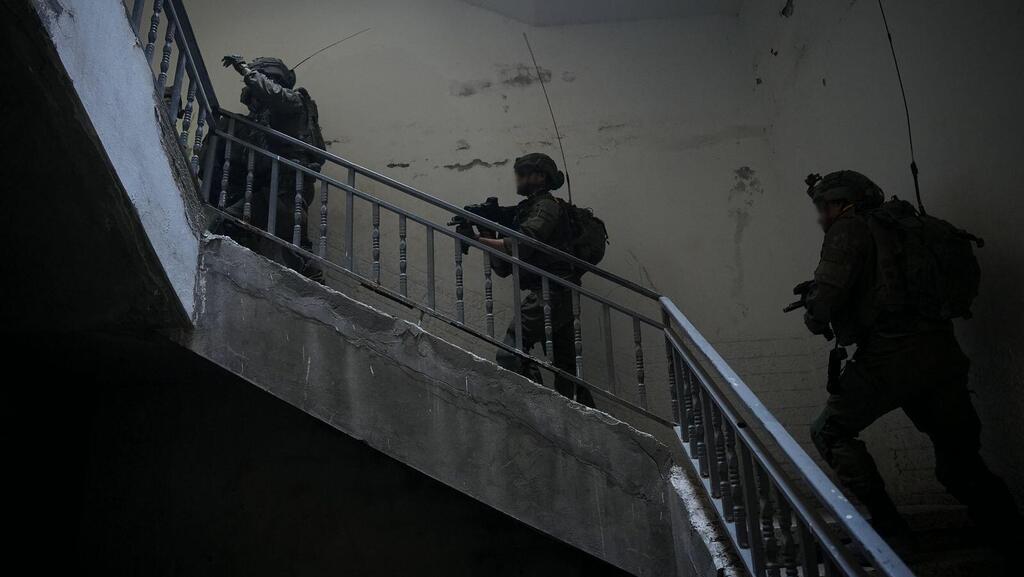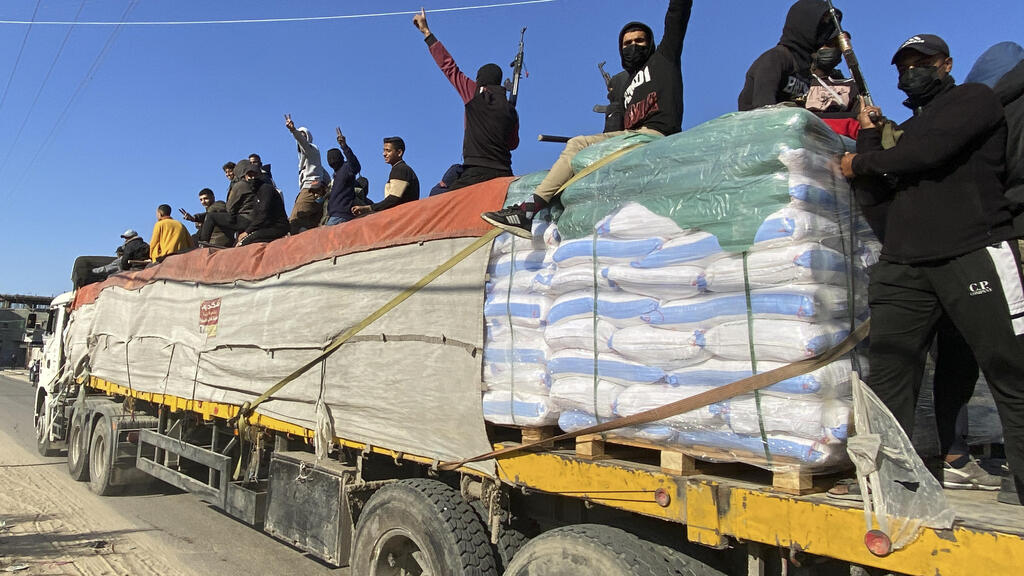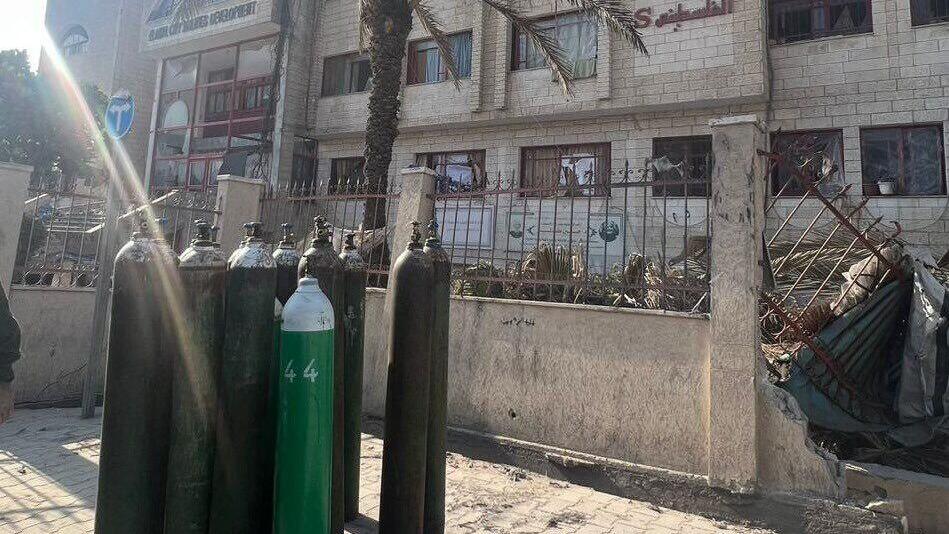Getting your Trinity Audio player ready...
IDF forces operating in Khan Younis were instructed to destroy or damage around 70% of Hamas's military capabilities there and then carry out targeted operations against the remaining 30%, as needed after troops leave the city. The same strategy was being carried out in Gaza City.
More stories:
This third phase in the fighting is soon to begin and is expected to last for a long time. Meanwhile, forces operating in Khan Younis, above and below ground have uncovered more of the Hamas strategic capabilities in recent days including most of their tunnels and their shafts leading to to UNRWA facilities.
After some of the forces have been pulled out of the fighting, some soon to be deployed to the northern areas, those who are still there are controlling the eastern entrances to the city and expanding their grip.
The main part of the IDF offensive is scheduled to end in February and will necessitate a government decision as to how the war is to continue and how targeted operations are to be carried out while the military holds on to corridors dividing the strip.
They have significant importance because they enable the IDF to uncover vast amounts of valuable intelligence that determines the military's next moves. "It's like picking up money from the ground," one officer said of the intelligence being found. In many respects, the targeted raids prove more effective and are more deadly to the enemy forces, while requiring fewer troops and time.
A phenomenon observed by forces holding the Netzarim corridor is the vacuum created in the civilian management of areas in northern Gaza while the government fails to consider an alternative to Hamas there.
Israel allows some 250 trucks carrying humanitarian aid, to enter the Strip daily. Half of them unload their content into warehouses near the Kerem Shalom and Rafah border crossings and half transfer the food, water and medical supplies to Palestinian trucks to be delivered to Gaza City and the northern areas.
Troops report that the Gazan truck drivers told them that Hamas operatives highjack their load and that they consider themselves lucky to have been able to hold on to the trucks themselves.
The government has only now begun considering alternative governing options that could be tasked with providing the aid where it is needed, to the nearly half a million civilians in that part of the Strip, as well as to those who have escaped to the south.
Every day more IDF officers take over some of the civilian governing responsibilities including infrastructure repairs, assisting civilians in need of medical attention and providing medical supplies to hospitals. There have not been any reported conflicts between those officers and the local population.
On Sunday, the military said it had supplied oxygen tanks to the Khan Younis hospital after fierce fighting there took place in recent days as Hamas used the facility as a base of operations.
Troops have also been working to prevent Hamas from usurping the humanitarian aid transport and when successful, have observed terrorists turn to UNRWA stores for supplies. There troops are less likely to open fire, out of concern for civilians sheltering in UNRWA facilities.
But as the forces rotated out of northern Gaza, Hamas has returned to establish itself there militarily including rebuilding observation points and command and control centers, destroyed in the war and has been replacing commanders who were killed, with new ones.
Still, IDF commanders in the field said their more targeted operations have resulted in hundreds of terrorists killed and in successful incursions into Hamas tunnels. "What took us more than a week to maneuver at the start of the war, now takes two hours, and has little or no resistance," one said.







